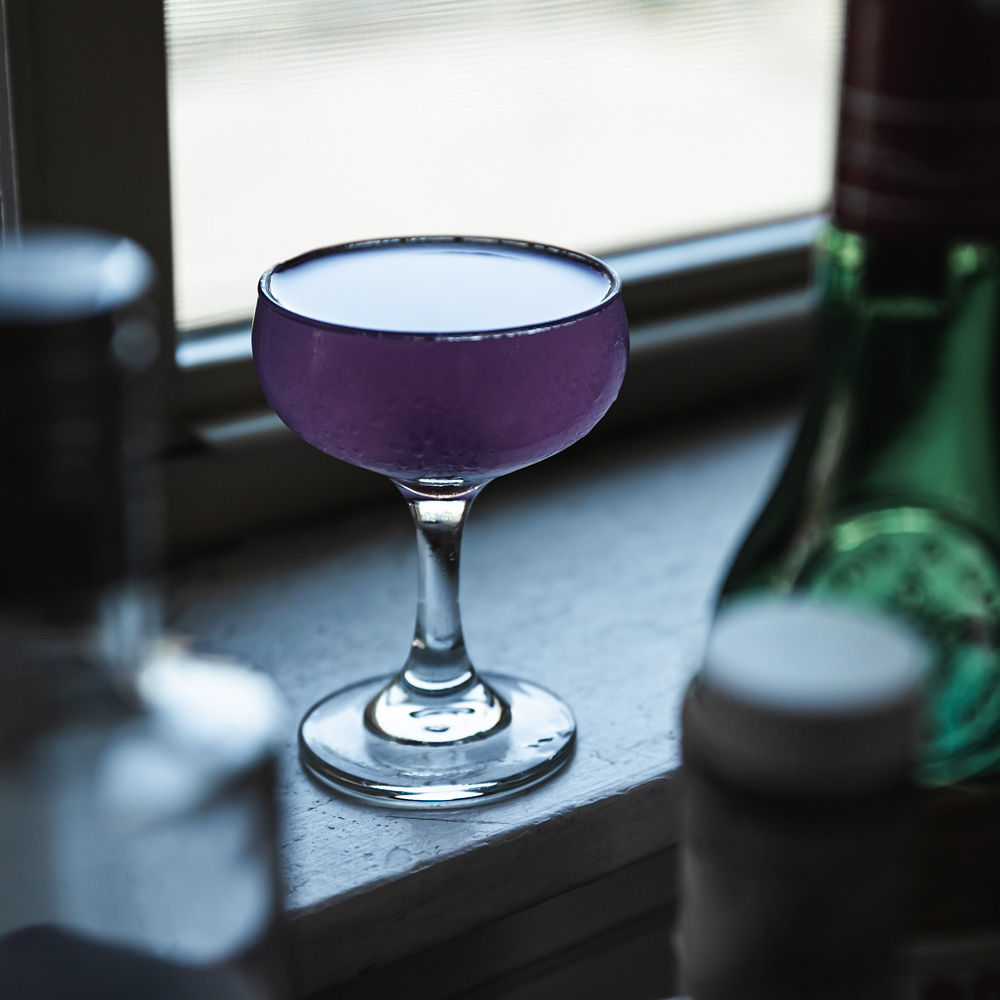According to the Oxford English Dictionary the word “aviation” didn’t even exist until the mid 19th century. The concept of flight, or more specifically, humans engaged in flight, was on the minds of humans for thousands of years, so when it was actually achieved it was a big event.
Major events, people, places or things in the 19th earned their own cocktails named after them. From what we’ve seen in our research when this happens there is an explosion of drinks of the same name but very different recipes. We think this happened to the Aviation because around the turn of the century we see references to Aviation cocktails and several different recipes. Jacques Straub from Chicago listed his version with apple jack, absinthe, lime and grenadine in 1913. The first reference we found to an Aviation cocktail without the ingredients listed was 1911 Arizona sentinel and Yuma weekly examiner, November 23, 1911.
It’s not until Hugo Ensslin and his 1916 Recipes for Mixed Drinks do we land on what will eventually be the Aviation we know today. But even after Ensslin’s version we still see Aviation cocktails with different ingredients.
It takes Prohibition and the post Prohibition surge of cocktail recipe books by the likes of Harry Craddock and Patrick Gavin Duffy for Ensslin’s Aviation recipe to take the crown as the proper Aviation cocktail
Addendum: Mr. Douglas Stailey added to the story by remarking how Craddock who potentially revived the Aviation after Prohibition did not include the Creme de Violette in it. It was Patrick Gavin Duffy who knew Ensslin’s recipe brought that ingredient back in his own publication.
Also, apparently American Creme de Violette got its color not from violets like the French version but from toxic dyes used in manufacturing ink. This actually informs some of the tales I’ve heard in reference to the Blue Moon Cocktail








